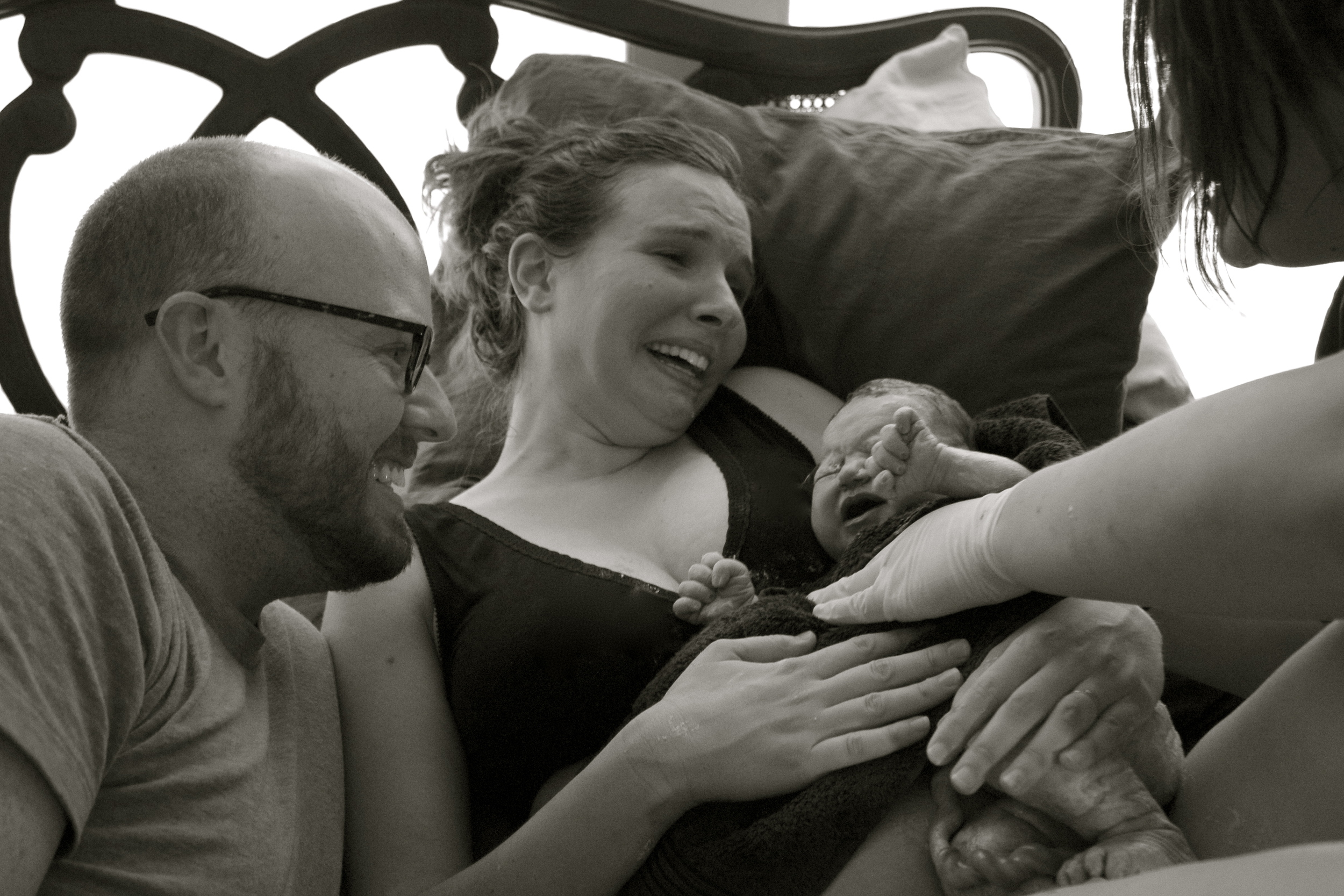2014-2015 Statistics | Tampa Bay Home Birth Midwifery
Last year I made a promise to the community that I would provide annual statistics reflecting our year in births as a form of transparent care. You can read our 2013-2014 statistics here.
As a collective, the birth community spouts off numbers and statistics quite regularly. We cite studies, projects, and reviews at the drop of a hat. Rarely though do we explore those numbers in depth, really dig deep and tear apart studies, or ask providers to provide their own statistics. That last point is a HUGE issue in the birth world- there is no required transparency for providers.
As a Florida Licensed Midwife (LM), we are encouraged to report our statistics to the Department of Health however, we are not required to do so at this time. By 2016 though, we will have mandatory reporting for all LMs in this state which will be accessible by the public. As a Certified Professional Midwife, we are encouraged to report our statistics to the Midwives Alliance of North America's Mana Stats Project, but we are not required.
Can you imagine the body of evidence we would have supporting midwifery care if EVERYONE reported their stats? The transparency it would provide for consumers would be paramount. I have to admit- reporting stats is TIME CONSUMING, especially for a busy homebirth practice or birth center, and I fall off of the stats wagon more than I am on it. BUT! I am committed to providing families with transparency about their care, what to expect when planning a homebirth, and how different decisions can change outcomes.
SO! Without further ado- here are our practice statistics for Aug 2014-Aug 2015. (To be fair- I did take nearly 2 months off this past year for family vacations, including 1 whole month that I blocked out completely for taking clients)
47 total births
14% transferred in labor, none transferred emergently, and those who did included such reasons for transfer as failure to progress, moderate meconium staining of amniotic fluid, prolonged rupture of membranes, desire for pain management, and fetal malposition. All were either first time mothers or attempted VBACs.
8% of mother's transferred in the immediate postpartum period (for the sake of clarity, we are including up to 5 days postpartum) for bleeding that was too heavy, suspected infection, or retained placental membranes.
1 newborn was transferred in the immediate postpartum period (this accounts for a 2% newborn transfer rate) for difficulty breathing, later diagnosed with Meconium Aspiration Syndrome. We are happy to report that after a little over 1 week in the NICU he is a totally normal, happy guy!
90% vaginal birth success rate, with a 10% cesarean rate. Only 1 of these was a primary cesarean, and the rest were after attempted VBACs.
82% successful VBAC rate!
92% of women delivered over an intact perineum, which is only an 8% laceration repair rate.
96% of women we're exclusively breastfeeding at 6 weeks postpartum.
No fetal, maternal, or newborn deaths.
A few other facts about our year in births:
+We had 2 shoulder dystocias, resolved without other issues.
+1 immediate and 1 late-onset postpartum hemorrhage
+ One baby decided she would like to be born in a military presentation.
+3 babies had transient tachypnea immediately following delivery that was resolved with collaborative care from a Chiropractor and a Craniosacral specialist.
+2 babies decided they would like to be born in a dramatic fashion and arrived before the midwife did.
So what do you think? Did any of these figures surprise you? We are so proud to be able to share these with you and grateful to offer care to families in an honest, open, and forthcoming way. Home birth with an experienced and trained attendant is safe. It is kept that way by appropriate referrals, transfers, collaborative care, skilled midwives, and families who are committed to healthy pregnancies and arming themselves with knowledge and support.




